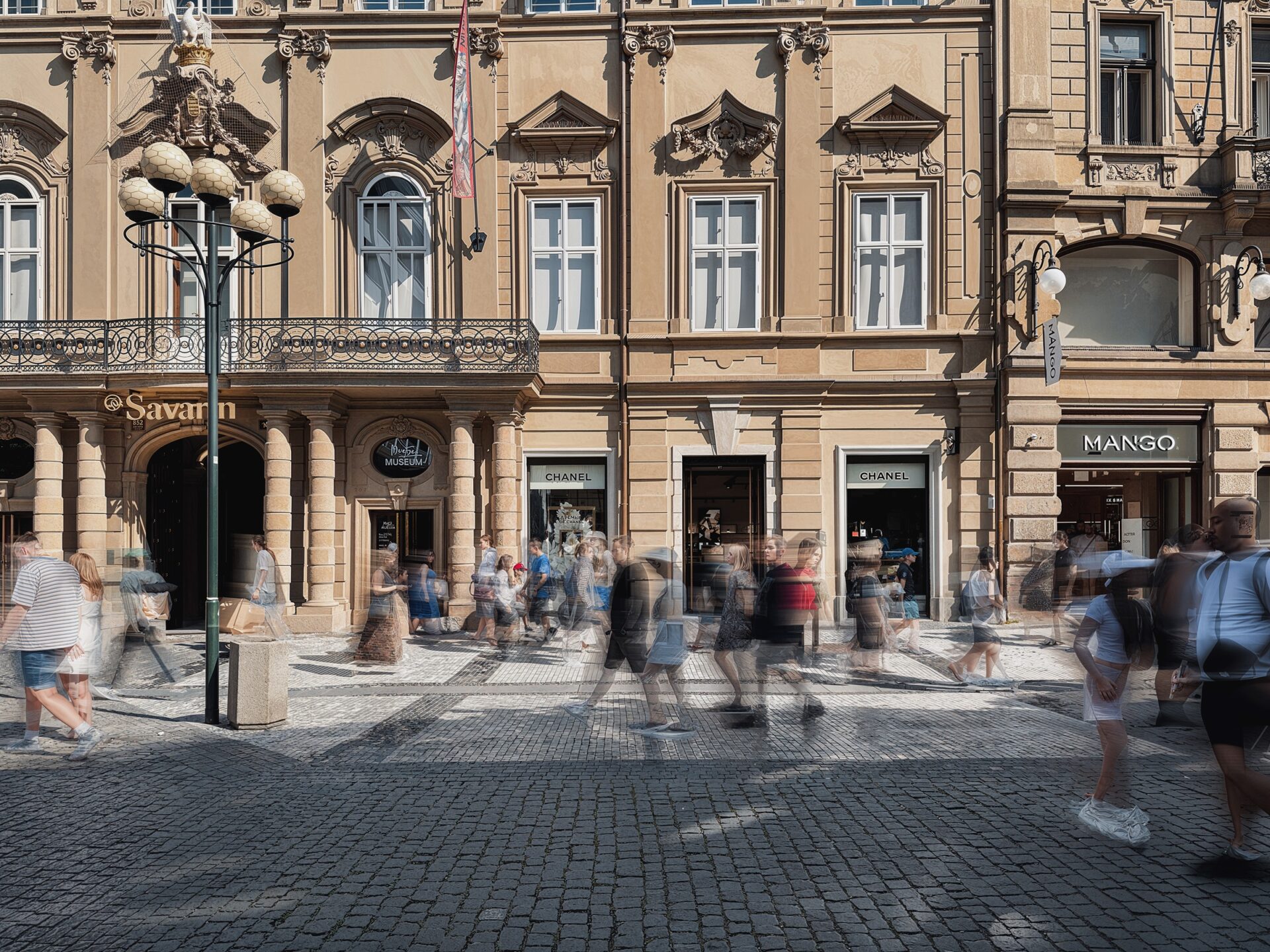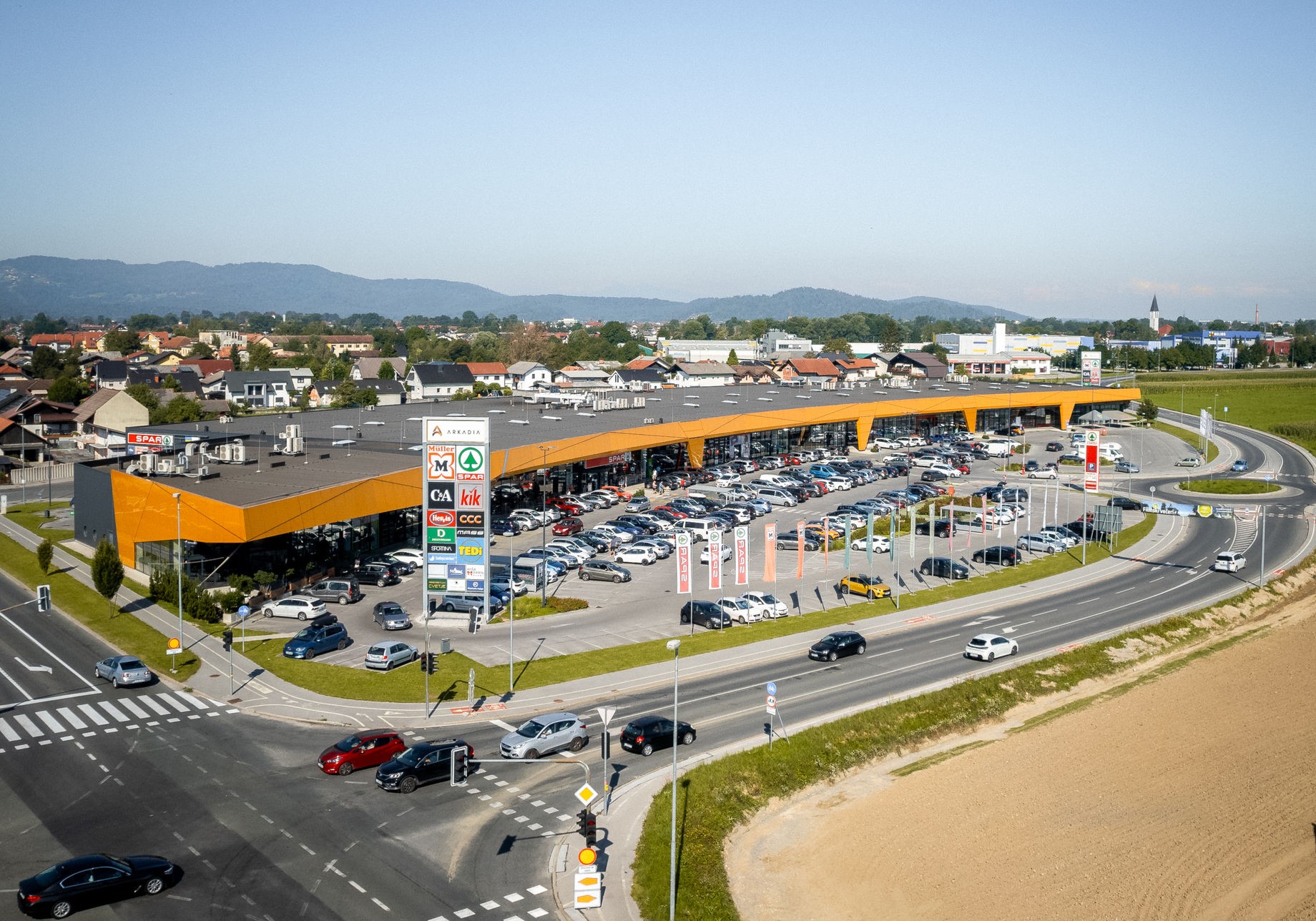The pandemic highlighted the challenges that the Polish retail market had faced before, emphasizing not only the importance of multi-channel sales but also the need to look for alternative locations, summarized JLL on the conditions in Poland’s retail market at the end of 2020.
“The last twelve months were marked by three lockdowns which obviously changed the shopping habits of Poles and contributed to the growing popularity of smaller retail formats. At the same time, the outbreak of the pandemic highlighted the challenges that the market had faced for a long time. In addition to the increase in online and multi-channel sales, the need to look for alternative locations that would allow chains to attract new customer groups has also been underlined. Other locations include high streets, which, thanks to the adoption of new strategies, may benefit from the current changes taking place on the market,” says Anna Wysocka, Head of Retail Agency, JLL.
Supply – retail parks and convenience centres dominate
The pandemic has strengthened the popularity of convenient and quick shopping that can be done within walking distance of the home. This was also reflected in the new space that was brought to the market. Throughout 2020, developers completed the construction of 430,000 sqm both in large-scale retail projects and convenience centres.
“Of the new space delivered in 2020, 41 percent was located in retail parks and another 28 percent in convenience centres. Shopping centres, which are still the most widespread format on the market, delivered a mere 20 percent of the new retail space. As a result, total retail space in Poland, including both large formats and convenience centres, stood at nearly 16 million sqm at the end of 2020,” explains Joanna Tomczyk, Senior Research Analyst, JLL.
The largest retail schemes opened in 2020 included Galeria Wiślanka in Żory (20,000 sqm), Dekada in Nysa (19,600 sqm), Galeria Chełm in Chełm (17,500 sqm), and Elektrownia Powiśle – a mixed-use project in Warsaw (15,500 sqm of retail space).
At the same time, however, approximately 335,000 sqm was withdrawn from stock, due to several closures of older assets of Tesco and Auchan, the Sukcesja shopping centre in Łódź, and a number of conversions from retail space into other functions.
Demand – reshuffles on the retail map
The decline in footfall and turnover in most shopping centres in Poland, as well as negotiations between landlords and tenants, slowed down or temporarily suspended the expansion plans of most tenants.
“On the other hand, most grocery chains and tenants in the “value retailer” category were less affected by the pandemic, and their expansion plans went ahead and were often targeted at new retail destinations more resistant to the effects of the introduced restrictions. It is also worth recalling that 2020 saw the debut of several foreign brands, including the Irish fashion giant, Primark and the American brand Urban Outfitters. In addition, American Vintage from France, Falconeri from Italy, a boutique with cosmetics – Armani Beauty from France, a chain of furniture stores – Mömax from Austria, and the Russian grocery discount, Mere, also opened their first stores in Poland during this time,” adds Joanna Tomczyk.
At the same time, some brands decided to close their operations in Poland. This was down to their financial condition, which in many cases, were unfavourable even before the pandemic. This trend could also be observed in foreign markets. The stores that have been closed included fashion chains Forever21, Camaieu, Promod, and Stefanel, shoe chain Salamander, sporting goods provider Sportisimo, and household goods chain Miniso.
Investment market
Similarly, to the trends observed in other countries, 2020 saw declines in the investment volume in Poland’s retail real estate sector.
“2020 ended up with only about €650 million worth of deals, predominantly focused on retail parks, convenience centres, DIY stores, food stores and assets for repositioning, repurposing or operator change. We expect that along with the continued high activity of developers in the segment of retail parks and convenience centres, as well as the changing shopping habits of Polish consumers, investor attention will increasingly focus on these types of formats. Prime retail park yields remain at 6.8 percent and are expected to compress, due to increased investor demand for this type of product,” comments Agnieszka Kołat, Executive Director, Retail Investment, JLL.
No shopping centre, exceeding 20,000 sqm, was transacted on in a direct deal. The only transaction including large shopping centres was the corporate sale of a 61.49 percent stake in GTC (which owns two shopping centres in Poland: Galeria Północna in Warsaw and Galeria Jurajska in Częstochowa) by Lonestar in a corporate deal to Optimum Ventures Private Equity Fund from Hungary. In addition, a 50 percent stake in Wrocław Fashion Outlet was sold by Hammerson to APG as part of a European portfolio deal for about €22 million.
Strategy for the future
2020 was also a challenging year in terms of rental conditions. Commitments between landlords and tenants were temporarily suspended, and retailers which had to cease operations were released from rent and service charges in exchange for a lockdown plus a six-month lease extension. In addition to the government regulations, many tenants received “COVID” discounts from landlords, usually spread over several months of 2020.
“Due to the second lockdown in November and the third lockdown currently underway, in many cases further rent discounts are the subject of ongoing discussions. However, it should be borne in mind that government regulations have had a negative impact on the financial health of shopping centre owners, who are additionally not covered by any assistance programme. Lease renewals are currently more flexible, and in some cases, signed for a period of 2-3 years instead of the standard five years. An aspect which allows for cautious optimism, in terms of the gradual recovery of shopping centres and retail brands, is the shopping needs of Polish consumers. Although the growth of e-commerce in Poland is an undeniable fact, Poles still prefer shopping in the traditional manner,” summarizes Anna Wysocka.







